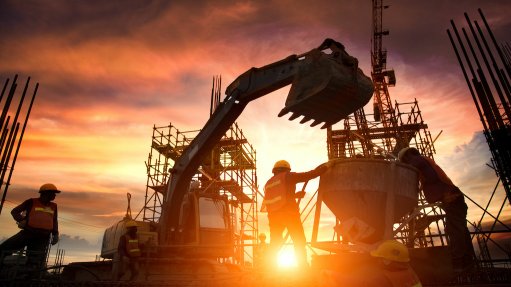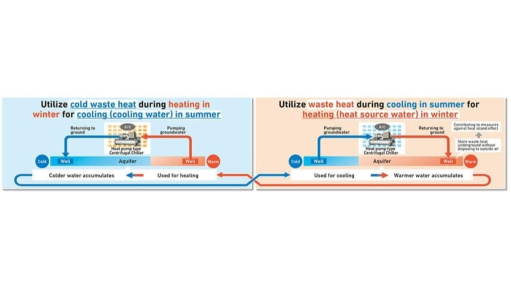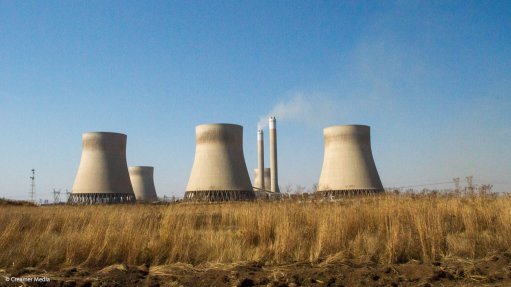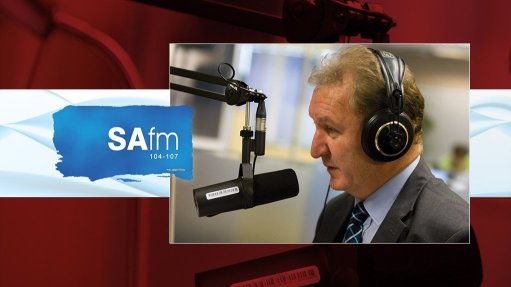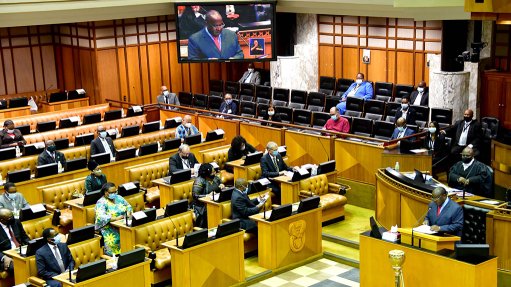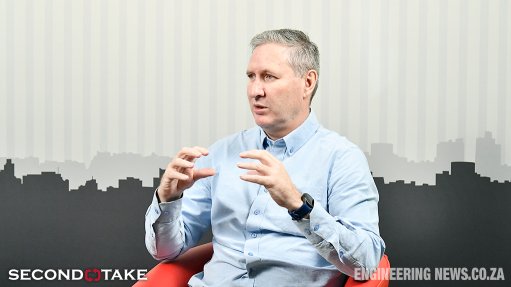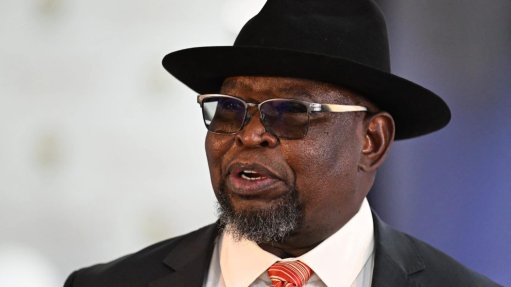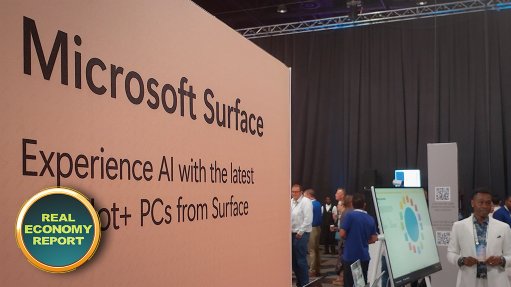African energy and minerals re-imagined
This article has been supplied.
By Bhavtik Vallabhjee, Head: Power & Renewables, Absa CIB
With the African minerals and energy sector flourishing with possibility, one can’t help but draw parallels with the late 1880’s when the first gold was discovered on the Witwatersrand – in Johannesburg, South Africa – that kick-started the “Gold Rush”. The same palpable energy exists today as new players enter the market with new technology, infrastructure, and innovation.
When we examine the energy and resources sector on the African continent, there are two fascinating dynamics unfolding. If they both come to fruition, it will have a massive multiplier effect for the prosperity of the continent.
The first is the rise of “battery” metals or “green minerals” that include the likes of lithium, nickel, cobalt, copper, manganese and graphite, inter alia - all of which are abundant on the continent. Mozambique, South Africa, Tanzania, Zimbabwe, and the DRC are rich in these minerals and potentially provide a significant windfall for local miners and governments.
For context, South Africa holds 80% of the worlds Manganese deposits, was the second largest producer of world palladium (at 80MT) in 2022, to date SA has supplied over 75% of the world’s platinum, and to date has supplied over 40% of the world’s gold, amongst other minerals. Zimbabwe is estimated to have the world’s 7th largest Lithium deposits while Mozambique, Madagascar, and Tanzania are all in the top 102 global reserves for graphite.
Importantly, discussions have recently moved beyond extracting for short-term profits to beneficiation for longer-term benefits. This includes employment, skills development, local shareholding, and support of Corporate and Social Investment initiatives that uplift surrounding communities and shared value.
If one considers that the United Nations Economic Commission for Africa (UNECA)3 recently highlighted that nearly 70% of Africa’s exports are unprocessed commodities, it is a non-negotiable that there is a focus on creating an enabling environment to encourage mineral beneficiation and processing.
With the rise of Environmental, Social and Governance (ESG) metrics and Sustainable Finance Solutions, robust debate is taking place to ensure that long-term value is being created on the back of the battery metals boom.
In addition to the above minerals, Africa boasts a plethora of glorious natural resources (wind potential, solar irradiation, hydro-resource and space) that the continent offers to generate power from renewable energy.
The second shift taking place is the transformation of the electricity grid across the African continent which has traditionally favoured centralised energy generation and distribution via a state-owned entity.
A shift to incorporate captive power projects and Public-Private-Partnerships (PPP) will fundamentally change how electricity reaches the end-user in the coming years. The lack, of secure, stable energy supply and infrastructure has curtailed local economic growth and Foreign Direct Investment (FDI). Power is the backbone to industrialization and prosperity in any economy. Millions of dollars are being lost each year as vast quantities of diesel are burnt to power generators which carry environmental downsides.
The opportunity exists for South Africa to take the lead as a blueprint for the rest of the continent.
While persistent loadshedding has weighed on the economy, we cannot lose sight of the fact that South Africa has one of the world’s boldest and most successful Independent Power Producer (IPP) programs (“REIPPP”) that was ever developed in Africa with over 120 IPP projects already contracted, 87 of which are already operational. We also have a proven track record of delivering PPPs for infrastructure projects such as hospitals, prisons, toll roads and transportation projects (such as the Gautrain). Importantly, participation in the power sector is not limited to the generation side.
The 6th round of the Renewable Energy Independent Power Producer Programme (REIPP) by the South African government highlighted that while generation capacity is coming onboard, the new challenge relates to distribution and transmission. While Eskom is being restructured and broken up into three distinct business units – Generation, Transmission and Distribution – there could still be opportunities to bring in private sector players.
A regional example of this private sector participation in Transmission projects would be: Gridworks, an entity created by British Government’s BII (British International Investment) and The Government of Uganda cooperating to Design, Build & Finance a transmission project that allows Uganda to meet export demand of power to the DRC and Kenya. This is one of the few standalone, privately financed transmission projects in Africa.
In five to ten years, the African energy landscape will likely be completely different. Captive power projects (or decentralized/ distributed generation at load centres where power is specifically required by end-users) will continue to be catalysts for economic activity and investment, making this the trend of ‘energy of the future’ – a clear gradual shift away from ‘large scale centralized generation.’
The “Gold Rush” of the 1880’s was transformative for South Africa but failed to deliver maximum return on investment for the country because more could have been done to broad-base industrialisation and job creation beyond mining to include beneficiation in order to capture the various ancillary revenue rather than only selling raw materials. The green metals boom and the rollout of renewable energy to increase our electrification rates across the continent has the potential to deliver billions of dollars of economic and social benefits for the African continent -- but only if we are bold enough to imagine a materially different future and Governments catalyse their energies to create the enabling environment to solicit investment and capitalise on these emerging trends.
Comments
Press Office
Announcements
What's On
Subscribe to improve your user experience...
Option 1 (equivalent of R125 a month):
Receive a weekly copy of Creamer Media's Engineering News & Mining Weekly magazine
(print copy for those in South Africa and e-magazine for those outside of South Africa)
Receive daily email newsletters
Access to full search results
Access archive of magazine back copies
Access to Projects in Progress
Access to ONE Research Report of your choice in PDF format
Option 2 (equivalent of R375 a month):
All benefits from Option 1
PLUS
Access to Creamer Media's Research Channel Africa for ALL Research Reports, in PDF format, on various industrial and mining sectors
including Electricity; Water; Energy Transition; Hydrogen; Roads, Rail and Ports; Coal; Gold; Platinum; Battery Metals; etc.
Already a subscriber?
Forgotten your password?
Receive weekly copy of Creamer Media's Engineering News & Mining Weekly magazine (print copy for those in South Africa and e-magazine for those outside of South Africa)
➕
Recieve daily email newsletters
➕
Access to full search results
➕
Access archive of magazine back copies
➕
Access to Projects in Progress
➕
Access to ONE Research Report of your choice in PDF format
RESEARCH CHANNEL AFRICA
R4500 (equivalent of R375 a month)
SUBSCRIBEAll benefits from Option 1
➕
Access to Creamer Media's Research Channel Africa for ALL Research Reports on various industrial and mining sectors, in PDF format, including on:
Electricity
➕
Water
➕
Energy Transition
➕
Hydrogen
➕
Roads, Rail and Ports
➕
Coal
➕
Gold
➕
Platinum
➕
Battery Metals
➕
etc.
Receive all benefits from Option 1 or Option 2 delivered to numerous people at your company
➕
Multiple User names and Passwords for simultaneous log-ins
➕
Intranet integration access to all in your organisation






